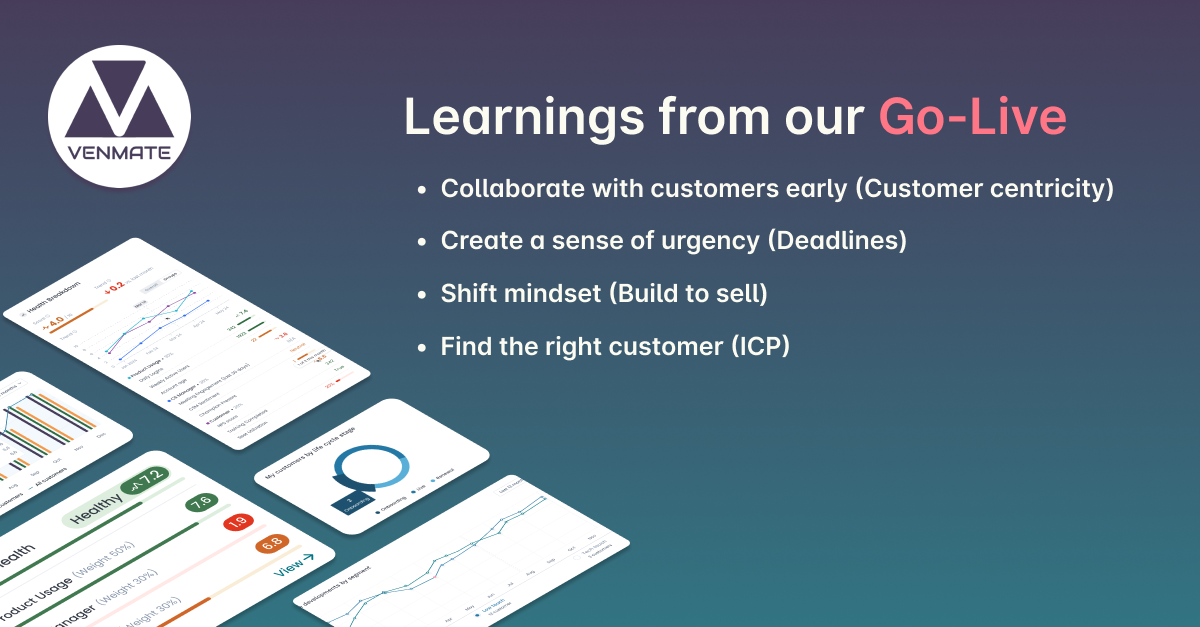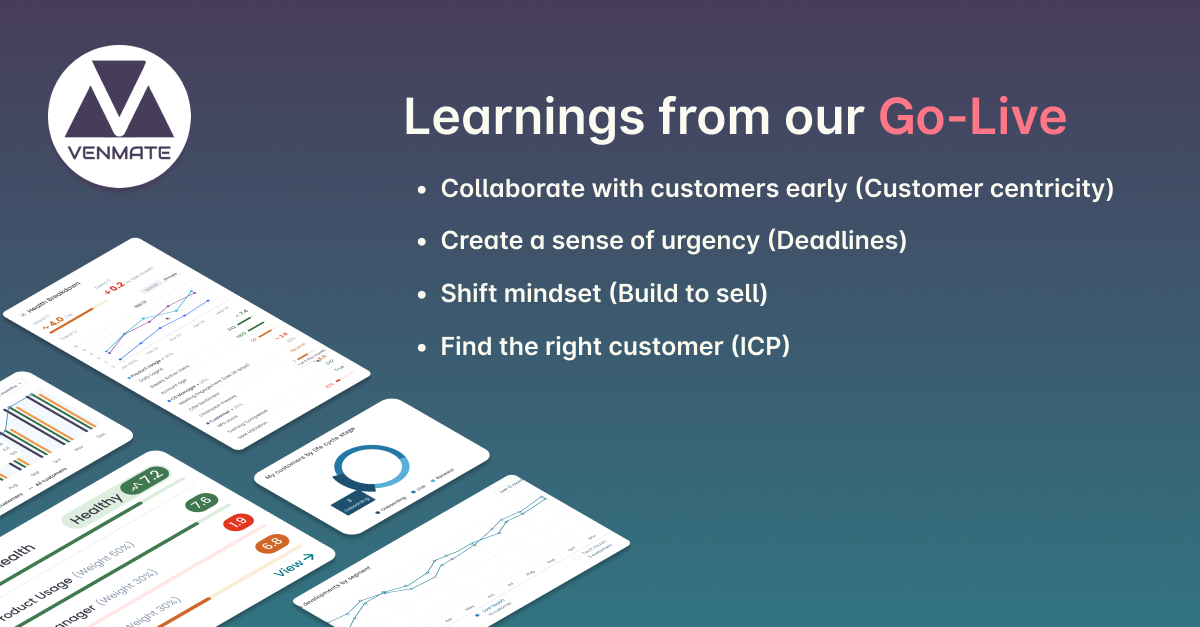Ticketing Systems
Introduction to ticketing systems
A ticketing system is the backbone of effective customer support, enabling businesses to manage, prioritize, and resolve customer inquiries efficiently. As the central hub for customer communications, a well-implemented ticketing system helps support teams track issues, ensure timely responses, and maintain a high standard of customer service. With the right practices, a ticketing system can greatly enhance the customer experience, reduce response times, and increase customer satisfaction.
Table of content
- Introduction to ticketing systems
- Why ticketing systems are essential
- Key benefits of ticketing systems
- Best practices for implementing a ticketing system
- 1. Choose the right ticketing software
- 2. Set clear prioritization rules
- 3. Automate where possible
- 4. Provide detailed ticket categorization
- 5. Foster collaboration across teams
- 6. Regularly update customers
- 7. Monitor and measure performance
- Tips for enhancing your ticketing system
- 1. Implement a self-service portal
- 2. Use ticket templates
- 3. Encourage customer feedback
- 4. Train support staff regularly
- 5. Personalize customer interactions
- Related topics
Why ticketing systems are essential
Ticketing systems are crucial for streamlining customer support operations. They offer a structured approach to handling customer queries by creating “tickets” that document and track each interaction. This organized system not only ensures that no issue is overlooked but also allows support teams to manage high volumes of requests effectively.
Key benefits of ticketing systems
- Centralized Communication: All customer inquiries are stored in one place, making it easier for support teams to access and manage information.
- Prioritization of Issues: Tickets can be categorized based on urgency, ensuring that critical issues are addressed promptly.
- Tracking and Accountability: Every ticket is assigned to a specific team member, providing clear accountability and enabling easy tracking of progress.
- Data-Driven Insights: Ticketing systems generate valuable data that can be analyzed to improve service quality and identify recurring issues.
Best practices for implementing a ticketing system
Implementing a ticketing system four your customer support team requires thoughtful planning and execution. Below are best practices that can help ensure your ticketing system operates smoothly and delivers the best possible outcomes for both your customers and your support team.
1. Choose the right ticketing software
Selecting the right ticketing software is the first step in creating an effective support system. The software should be user-friendly, scalable, and capable of integrating with other tools used by your organization, such as CRM systems or communication platforms. Key features to look for include automation capabilities, customizable workflows, and detailed reporting functions.
2. Set clear prioritization rules
Not all customer inquiries are created equal. Establish clear rules for prioritizing tickets based on factors such as the severity of the issue, the customer’s tier (e.g., enterprise vs. small business), and the potential impact on the customer’s operations. Automating this process can help ensure that critical issues are flagged and addressed as quickly as possible.
3. Automate where possible
Automation can significantly enhance the efficiency of your ticketing system. Common automation practices include:
- Automatic Ticket Routing: Assign tickets to the appropriate team or agent based on predefined criteria such as issue type or customer segment.
- Automated Responses: Send instant acknowledgments to customers when their ticket is received, along with an estimated response time.
- Ticket Escalation: Automatically escalate tickets that remain unresolved beyond a certain time threshold.
4. Provide detailed ticket categorization
Create a comprehensive system for categorizing tickets by issue type, product area, or department. This categorization helps in routing tickets to the right personnel and in analyzing common issues to improve products and services. Detailed categorization also allows for more meaningful data collection, enabling better reporting and trend analysis.
5. Foster collaboration across teams
Encourage collaboration between different teams by allowing them to access and contribute to tickets that require cross-functional input. For example, a technical issue might need insights from both the development and support teams. Collaborative tools within the ticketing system, such as shared notes or internal comments, can facilitate this teamwork.
6. Regularly update customers
Keeping customers informed about the status of their tickets is crucial for maintaining trust and satisfaction. Implement practices such as:
- Status Updates: Regularly update customers on the progress of their ticket, especially if the issue is taking longer to resolve.
- Estimated Resolution Times: Provide realistic timeframes for resolution, and if delays occur, communicate these promptly along with reasons.
- Follow-Up After Resolution: Once a ticket is closed, follow up with the customer to ensure the issue was resolved to their satisfaction and to gather feedback on the support experience.
7. Monitor and measure performance
Use the reporting features of your ticketing system to monitor key performance indicators (KPIs) such as:
- Average Response Time: The time taken to respond to a ticket after it is submitted.
- Resolution Time: The total time taken to resolve an issue.
- Customer Satisfaction Scores (CSAT): Feedback from customers on the support they received.
- Ticket Volume: The number of tickets received over a certain period, which can indicate the workload of your support team.
Analyzing these metrics regularly can help identify areas for improvement, such as the need for additional training, better resource allocation, or process adjustments.
Tips for enhancing your ticketing system
Beyond the foundational best practices, there are additional strategies that can help you maximize the effectiveness of your ticketing system:
1. Implement a self-service portal
Integrating a self-service portal with your ticketing system can reduce the volume of tickets by enabling customers to resolve common issues on their own. Include resources like a knowledge base, FAQs, and community forums where customers can find answers before submitting a ticket. Additionally, your ticketing system can be set up to suggest relevant articles from the knowledge base when customers start creating a ticket, potentially solving their issue without further support.
Learn more about Self-Service
2. Use ticket templates
Create templates for common ticket types to ensure that all necessary information is captured when a ticket is submitted. This can reduce the back-and-forth communication needed to gather details, speeding up the resolution process. Templates can also standardize responses, ensuring consistency across the support team.
3. Encourage customer feedback
After resolving a ticket, encourage customers to provide feedback on their experience. This can be done through automated surveys or direct follow-ups. Understanding customer satisfaction with the support process is crucial for ongoing improvement and for identifying any gaps in service.
4. Train support staff regularly
Regular training sessions for your support team can ensure they are up to date with the latest product features, support techniques, and customer service best practices. Training should also cover how to use the ticketing system effectively, including any new features or updates.
5. Personalize customer interactions
Where possible, personalize the support experience by using customer data from your CRM or previous interactions. Personalization can include addressing customers by name, acknowledging their history with your company, and tailoring responses to their specific needs or preferences.
Related topics
Want to get in touch? Leave us a message.
If you want to learn more about VENMATE and customer success management, feel free to get in touch and request a demo.


